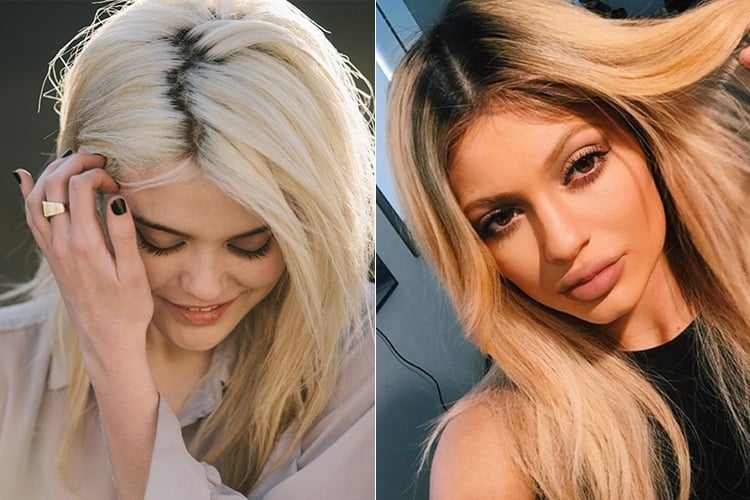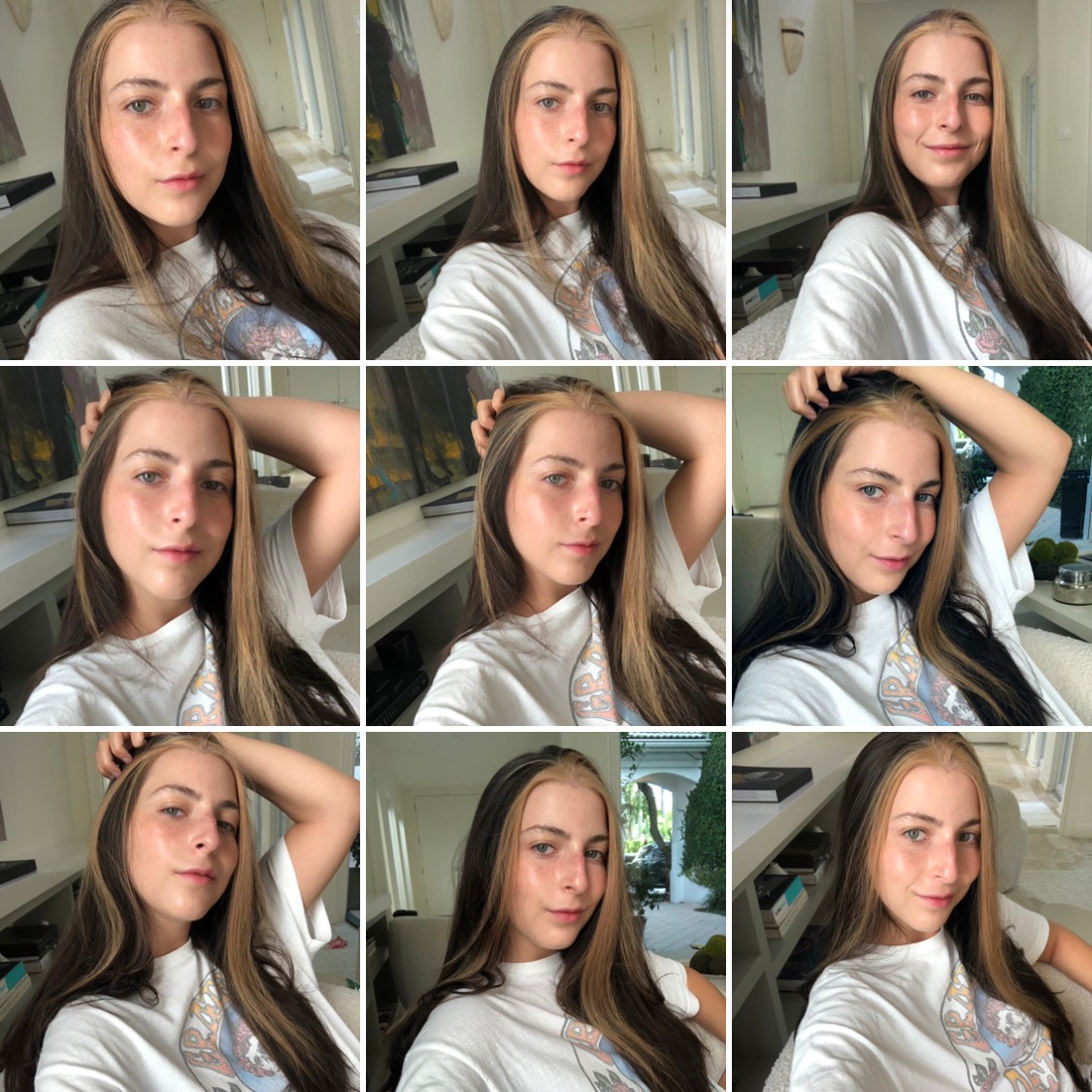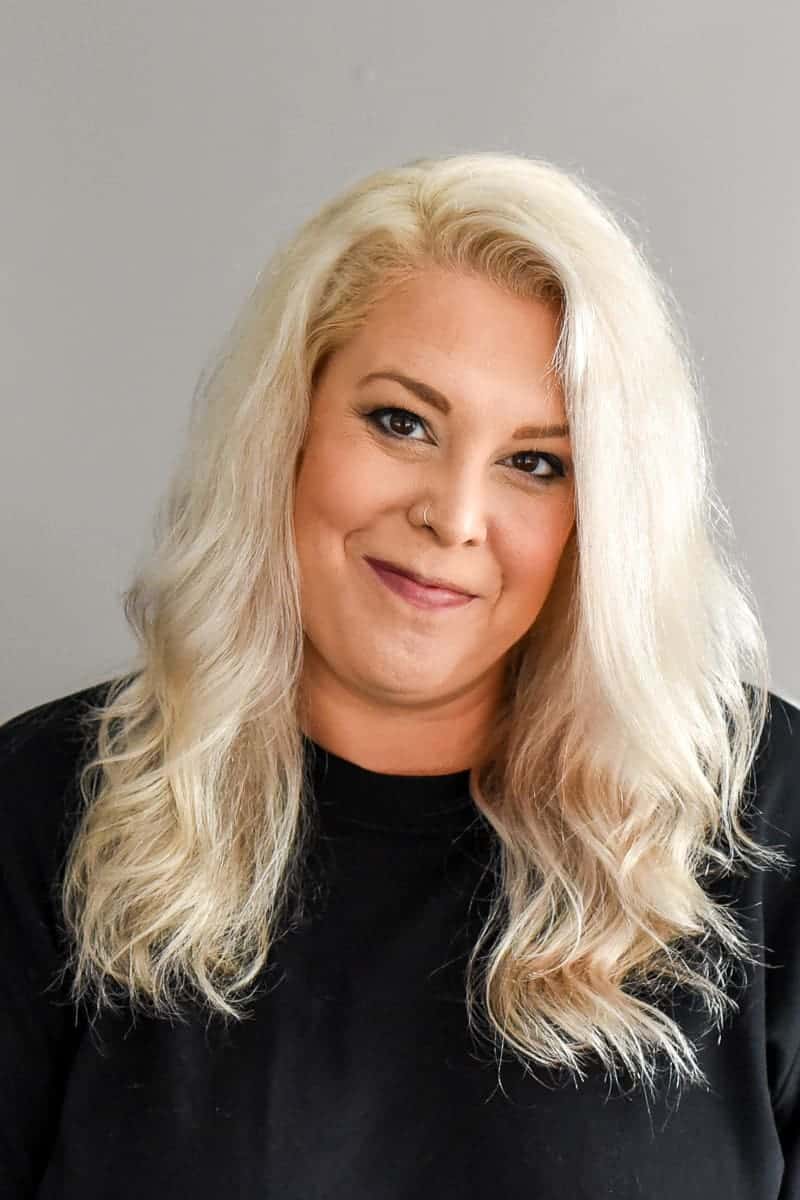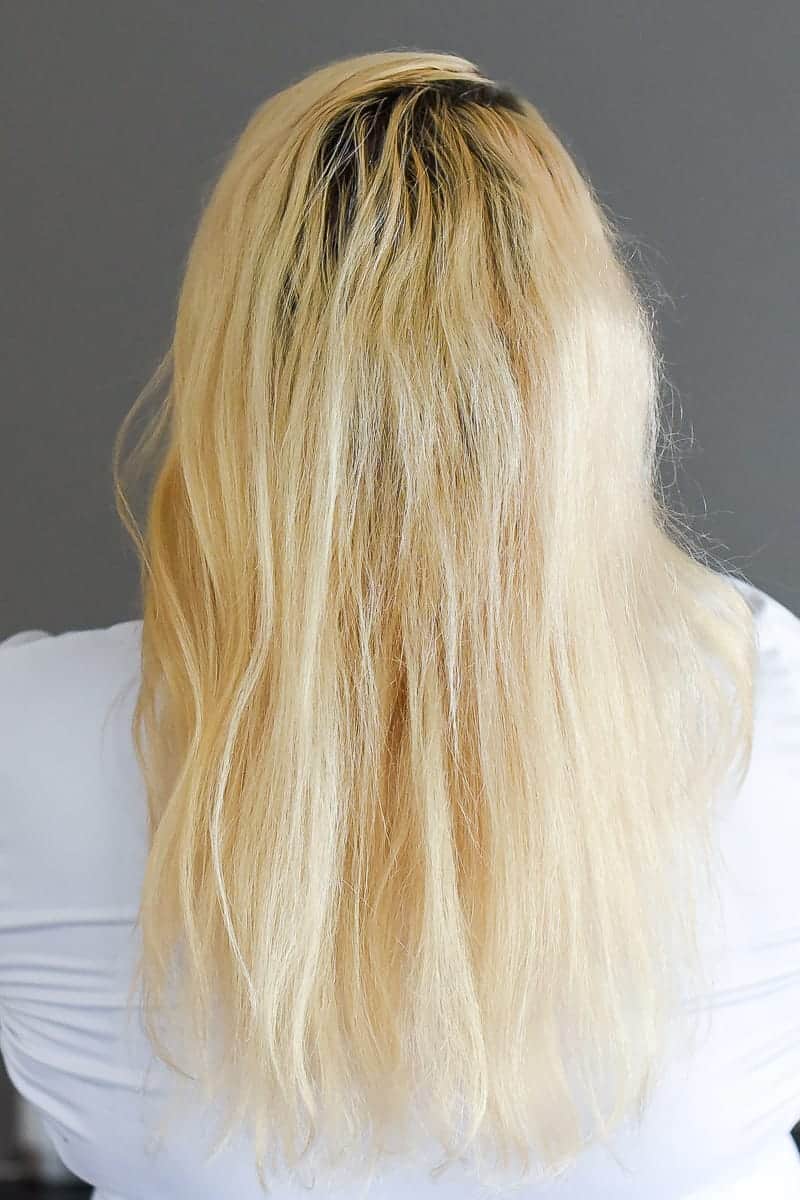Table of Content
Do a patch test to ascertain no reactions are present that may affect your skin color or cause rashes and irritation. Simply dip a cotton ball in the mixture and place it over the arm where you intend to bleach. Wait for some time and monitor any changes to the skin. Apply the mixture on the forearm where there is a large concentrate of arm hair. No skills are required, which means that anyone of any age will be able to take care of bleaching their arm hair, among other body parts. Using a tomato juice mask where tomato slices are applied on the arms for up to 10 minutes for a minimum of two applications, and then washed off.

Once the bleach has been sufficiently applied, you will need to wait around minutes while it does its magic. Skip a couple of hair washes a few days before the treatment. Freshly washed hair can cause the bleach to irritate the scalp. Ever heard the old adage “blondes have more fun”? If this is true, then platinum blondes must have the best time of anyone. The good news is that those beautiful, white-blonde locks aren't impossible to get, and it's a look that is universally flattering.
Bleaching Your Hair with Salt
Hydrogen peroxide and ammonia can be harsh and drying—even more so than usual since you are putting it directly onto your skin. It's also not something you should do very often—wait at least six weeks between treatments. If it starts to burn or feel too uncomfortable, however, wash it off. Spread the mixture onto your arm using the plastic spatula. Focus on the top of your forearm, where the hairs are darker.
For sensitive skin, adding rose water or cucumbers helps reduce possible irritation. Using hydrogen peroxide with water (mixing ¼ cup or 60 mL of the 3% peroxide with the same amount of water and waiting up to 40 minutes before washing off). Try sugaring - it's like waxing, but you make a paste from sugar, water, and lemon juice. Repeat the treatment every 6 weeks or so, and you should start to notice the hair becoming sparser and thinner. This method is also not permanent; it will last until the bleached hairs grow out.
Follow the directions closely.
If your hair is already processed, if you have used any type of box dye, or if you have virgin, unprocessed hair, these can cause variations in how your hair will lift with the bleach. When you finish with the bottom sections, start applying the bleach on the top. Once all the strands are covered in the bleach, go back to saturate the roots. Finally, put on a shower cap or plastic bag and let the bleach sit. Processing time depends on the product you use and the desired result, so make sure you carefully read manufacturer recommendations.

Apply the solution to your arm, and wait 30 to 40 minutes. Wash the solution off with cool water and pat your arm dry. Mix ¼ cup of 3% hydrogen peroxide with ½ tablespoon (7.5 milliliters) of ammonia.
How to Bleach Arm Hair With Hydrogen Peroxide and Ammonia?
However, it doesn’t mean that you need to refuse from getting the platinum blonde of your dreams. Instead, listen to a couple of useful tips on how to take care of your freshly processed hair. If a bleach bath is commitment then traditional bleaching is Commitment with a capital C. “It’s the only product that can lighten your hair significantly,” says colorist Kristen Kell.

This bleaching kit can lighten dark brown and medium brown hair. With its advanced super-lightening action, it delivers smooth, even blonding from the roots to the ends and lightens natural or color-treated hair in one simple step. Remember that DIY hair lightening is okay only if you have healthy hair, understand the basic color science, and carefully follow the guidelines. Otherwise, you can end up with blotchy color and some serious hair damage. So, if you’re currently experiencing issues such as frizziness, dryness, and breakage, it’s highly recommended to leave the bleach job to a hair stylist or professional colorist. Also, use sulfate-free shampoo and hair products containing more organic ingredients.
Turmeric Scrub: Benefits & Easy Recipe to Radient Your Skin
Once your desired color is reached, thoroughly rinse the bleach solution out of your hair. We wanted to know more about this gentler bleach alternative, so we talked to the experts about how bleach baths work, how to do them at home, and whether or not it’s safe to DIY. It’s better to bleach your roots rather than the whole head. Because the roots are virgin hair that has not been chemically treated. And be prepared for this to be quite a process depending on the finished product you desire. "If you have jet black hair and want to be platinum, you can’t get that with one round of bleach,” Valles advises.

You should not bleach your arm hair if you have a sunburn or inflamed, irritated or chapped skin. You will also want to avoid doing so if there has been fresh shaving or tweezing involved. Using a paste made out of flour and water, where you apply it to your arms for up to 15 minutes before washing it off.
You might want to lay a tablecloth or rag down on the table. Lay out all of your materials so that you have everything you need when you begin to mix the solutions. It’s a gold standard with a concentration of bleach ranging from four to eight percent.
The tools and ingredients you need are readily available at a drugstore or a Sally Beauty. Jeremy Tardo is a bi-coastal hair colorist and a member of Byrdie's Beauty & Wellness Board. “You can bleach black hair but you cannot — or, let me rephrase that, you shouldn’t — go from black to platinum in one day because it can cause damage,” Valles adds. Bleaching your hair using chemical products can have many side effects.
Frizz and breakage after bleaching are quite common. As you rebuild the hair cuticle, use some other natural products to give your hair gloss and shine. So keep reading to learn how to bleach your hair at home without damaging it. Before you proceed with bleaching hair at home, you need to prepare your hair.
This is because a higher volume bleach can damage your hair, making it more susceptible to toning damage. You’ve bleached your hair and it looks great – but now what? You might be wondering how soon after bleaching you can tone your hair. The answer to that question depends on a few factors, including the type of bleach you used and your hair color. However, it is important to note that bleaching your hair can also damage it, so it is important to consult with a hair professional before making any decisions. They will be able to recommend the best course of action for your specific hair type and needs.
Sit in the sun and allow your hair to soak in the lemon mix for about 2 hours. Since this is an at-home hair job it might look different than what you thought, but embrace that you did it by yourself and rock it with pride! Now go make Dolly Parton, Billie Eilish, and Selena Gomez proud and embrace your new hue.

Your skin may react to the ingredients on the bleaching kit. You may signs of burning, rashes, or skin irritation. The effects of hair lightening are only felt for about five days. After that hair will start to grow and it will become even more noticeable than before.
No comments:
Post a Comment